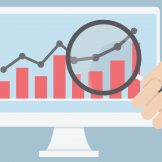How Data Analytics Drives Real-Time and Forensic Analyses
Depending on the type of analysis agencies want to conduct — real-time or historical — there are different data gathering and analytics tools to support those efforts. Let’s take a closer look at each of these examples to better understand how they benefit government agencies.










